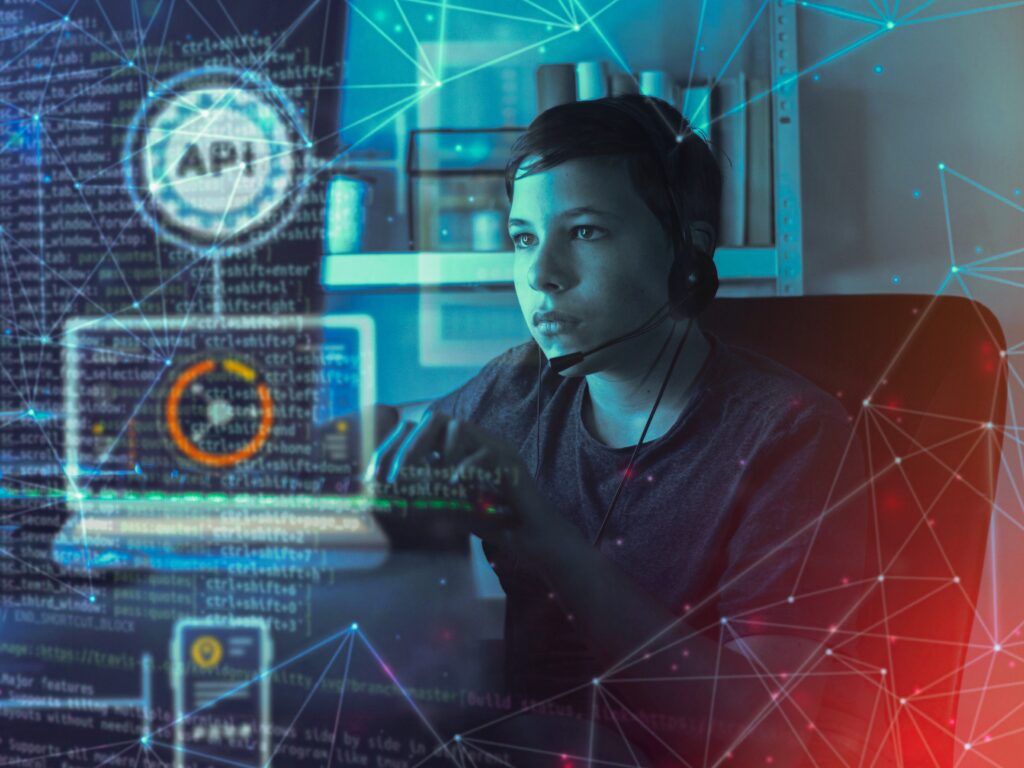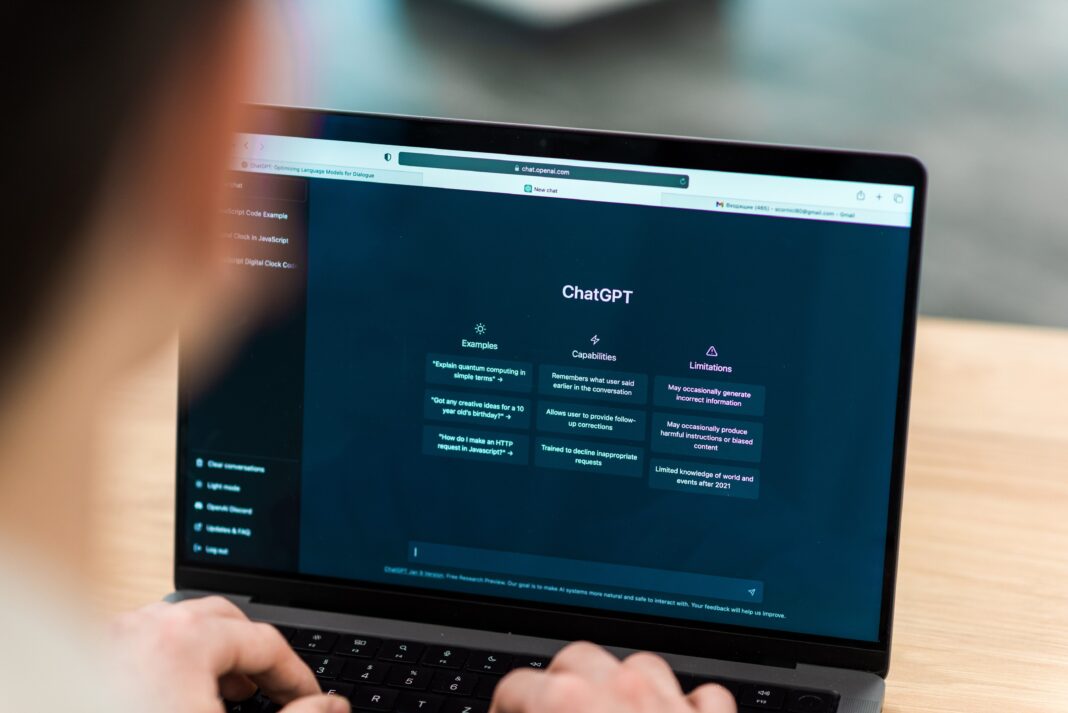Artificial intelligence has rapidly moved from science fiction to everyday reality, with AI-powered assistants like ChatGPT leading the charge. These tools are no longer limited to simple question-and-answer interactions—they now assist in writing, coding, decision-making, and even creative tasks. But as their capabilities grow, so do the questions surrounding their long-term impact.

This article explores the future of ChatGPT and similar AI assistants, examining their technological foundations, current applications, challenges, and what advancements we can expect in the coming years. Rather than relying on vague predictions, we’ll focus on concrete developments, real-world use cases, and the ethical considerations shaping AI’s role in society.
How ChatGPT and AI Assistants Function: A Technical Breakdown
1. Core Technologies Behind AI Assistants
AI-powered assistants like ChatGPT are built on large language models (LLMs), which are trained on massive datasets containing text from books, articles, websites, and other sources. These models use deep learning algorithms to recognize patterns in language, allowing them to generate coherent and contextually relevant responses.
Key components include:
- Natural Language Processing (NLP): Enables the AI to understand and generate human-like text.
- Transformer Architecture: A neural network design that processes words in relation to each other, improving contextual understanding.
- Reinforcement Learning from Human Feedback (RLHF): Human trainers refine the AI’s responses to make them more accurate and aligned with user expectations.
2. Training and Fine-Tuning AI Models
Training an AI assistant involves multiple stages:
- Pre-training: The model learns from vast amounts of publicly available text, developing a broad but shallow understanding of language.
- Fine-tuning: The AI is adjusted using specialized datasets to improve performance in specific tasks (e.g., medical advice, legal analysis, or creative writing).
- Continuous Learning: Some AI systems update their knowledge base in real-time, though most (like ChatGPT) rely on periodic model updates.
3. Limitations in Current AI Systems
Despite their sophistication, AI assistants still struggle with:
- Factual Accuracy: They can generate plausible-sounding but incorrect information (known as “hallucinations”).
- Context Retention: While they remember short conversations, they often lose track of long discussions.
- Bias and Fairness: Since they learn from existing data, they may reflect societal biases unless carefully moderated.
Future improvements will likely focus on real-time learning, better fact-checking mechanisms, and enhanced contextual memory.
Current Applications of AI Assistants Across Industries
1. Business and Productivity
AI-powered assistants are revolutionizing workplaces by automating repetitive tasks. Examples include:
- Email Drafting and Summarization: Tools like ChatGPT help professionals write and condense lengthy emails.
- Meeting Transcription and Analysis: AI can record meetings, highlight key points, and even suggest action items.
- Data Analysis and Reporting: AI can process large datasets, identify trends, and generate business insights without manual input.
2. Healthcare and Medical Assistance
AI is increasingly used in diagnostics, patient care, and administrative tasks:
- Symptom Checkers: AI chatbots ask patients about symptoms and suggest possible conditions (though final diagnoses still require doctors).
- Medical Documentation: AI transcribes doctor-patient conversations, reducing paperwork.
- Drug Discovery: AI models analyze chemical compounds to accelerate pharmaceutical research.
3. Education and Personalized Learning
AI tutors and assistants are changing how students learn:
- Adaptive Learning Platforms: AI adjusts lesson difficulty based on student performance.
- Instant Homework Help: Students can ask AI for explanations on complex topics in math, science, and literature.
- Language Learning: AI-powered apps provide real-time pronunciation feedback and conversation practice.
4. Customer Support and Service Automation
Many companies now use AI chatbots to handle customer inquiries, reducing wait times and operational costs. Examples:
- E-commerce Support: AI helps track orders, process returns, and recommend products.
- Banking Assistants: AI chatbots answer FAQs about account balances, transactions, and fraud alerts.
5. Creative and Content Industries
AI is becoming a tool for writers, designers, and marketers:
- Content Generation: AI helps draft blog posts, social media captions, and ad copy.
- Graphic Design: AI tools like DALL·E generate images based on text prompts.
- Music and Video Editing: AI can compose background music or auto-edit videos.
Challenges and Ethical Concerns Surrounding AI Assistants
1. Accuracy and Reliability Issues
AI can produce convincing but false information, leading to risks in fields like medicine, law, and journalism. Solutions being explored include:
- Fact-Checking Algorithms: AI models that cross-reference claims with verified databases.
- Human-AI Collaboration: Systems where AI drafts content, but humans verify accuracy.
2. Bias and Fairness in AI Responses
Since AI learns from existing data, it can inherit biases related to gender, race, and culture. Mitigation strategies include:
- Diverse Training Data: Ensuring datasets represent varied perspectives.
- Bias Detection Tools: AI auditors that flag potentially problematic outputs.
3. Privacy and Data Security Risks
AI assistants process vast amounts of personal data, raising concerns about:
- Data Breaches: Unauthorized access to sensitive conversations.
- Surveillance Risks: Governments or corporations misusing AI-collected data.
Regulations like GDPR (Europe) and CCPA (California) aim to address these issues, but enforcement remains inconsistent globally.
4. Job Displacement and Economic Impact
While AI automates routine tasks, its effect on employment is debated:
- Job Losses: Roles in customer service, data entry, and content writing may decline.
- New Opportunities: AI could create jobs in AI training, ethics auditing, and human-AI collaboration roles.
5. Overdependence on AI
Relying too heavily on AI may weaken:
- Critical Thinking Skills: Users accepting AI answers without verification.
- Creativity: Writers or artists depending on AI-generated ideas instead of original thought.
The Future of AI Assistants: Predictions for the Next Decade
1. Hyper-Personalized AI Experiences
Future AI assistants will predict user needs before they ask, offering:
- Proactive Suggestions: Reminders based on habits, calendar events, and preferences.
- Customized Learning Paths: AI tutors adapting to individual learning speeds and styles.
2. Multimodal AI (Text, Voice, Image, Video)
Next-gen AI will process multiple input types seamlessly:
- Visual AI: Recognizing objects in images or videos for real-time assistance.
- Emotion Detection: Adjusting responses based on user tone and facial expressions.
3. Fully Integrated AI in Daily Life
AI won’t just be an app—it will be embedded in:
- Smart Homes: Controlling lights, security, and appliances via voice commands.
- Wearable Tech: AI-powered glasses or earbuds providing real-time translations or navigation.
4. Improved Transparency and Trust
Explainable AI (XAI) will help users understand how decisions are made, increasing adoption in critical fields like healthcare and finance.
5. Stronger Regulations and Ethical Standards
Governments will likely impose stricter rules on:
- AI Misuse: Preventing deepfakes, misinformation, and unethical surveillance.
- Accountability: Requiring companies to disclose AI limitations and risks.
FAQ: Common Questions About AI Assistants
Q: Will AI assistants replace human jobs?
A: They will automate repetitive tasks but are unlikely to fully replace roles requiring empathy, creativity, or complex decision-making.
Q: How can businesses prepare for AI advancements?
A: Invest in AI training for employees, adopt scalable AI tools, and stay updated on regulatory changes.
Q: Are AI assistants safe for handling sensitive data?
A: Reputable providers use encryption, but users should avoid sharing highly confidential information with AI systems.
Q: What’s the biggest limitation of ChatGPT today?
A: It lacks real-time knowledge updates and sometimes generates incorrect or biased responses.
Q: Can AI assistants become truly autonomous?
A: While they can automate tasks, true autonomy (self-aware AI) remains speculative and raises ethical concerns.
Conclusion
The future of ChatGPT and AI-powered assistants is both exciting and uncertain. While they offer immense potential in productivity, healthcare, education, and creativity, challenges like accuracy, bias, and privacy must be addressed. The next decade will likely see AI becoming more personalized, integrated, and regulated—shaping a future where humans and AI collaborate rather than compete.

